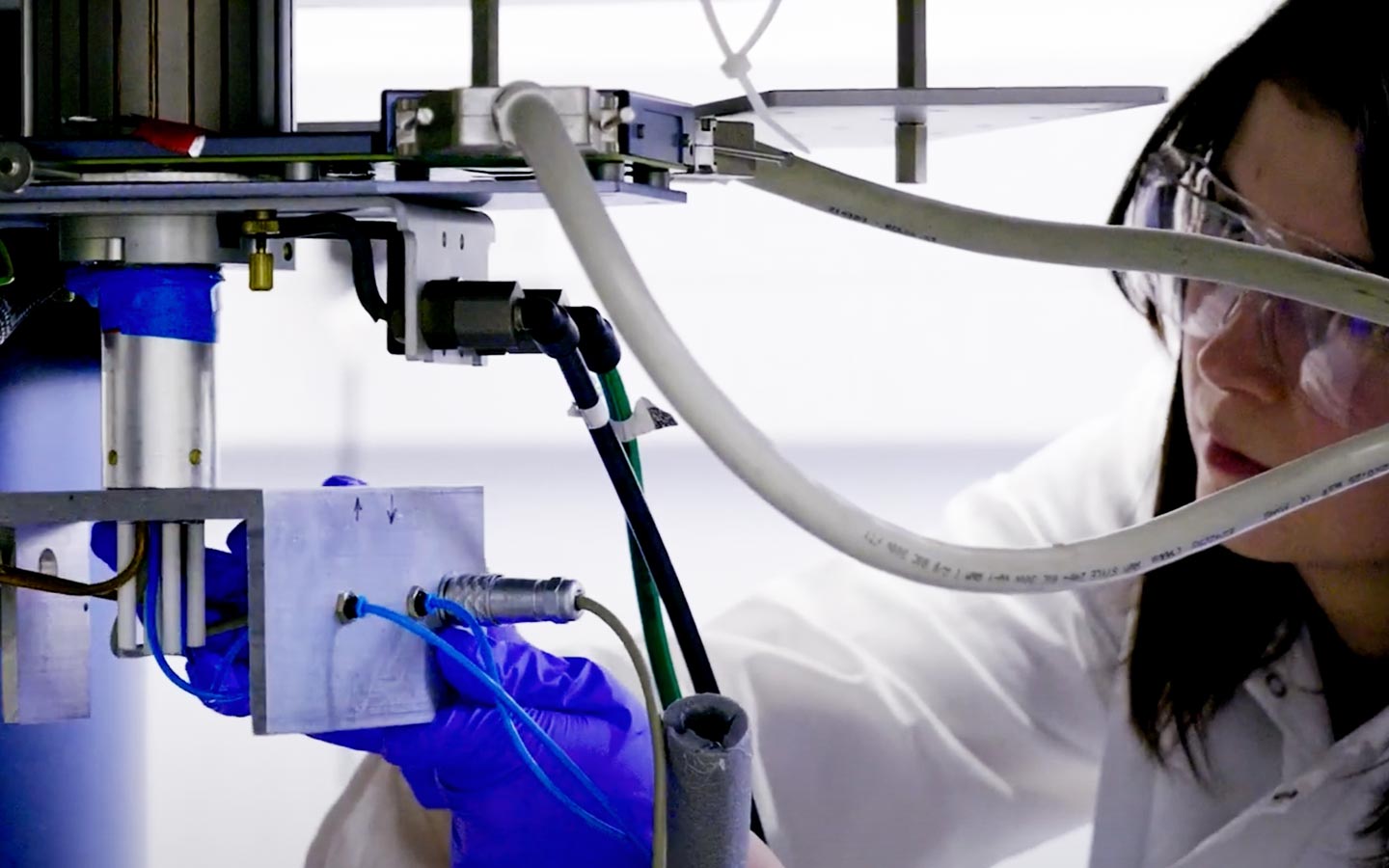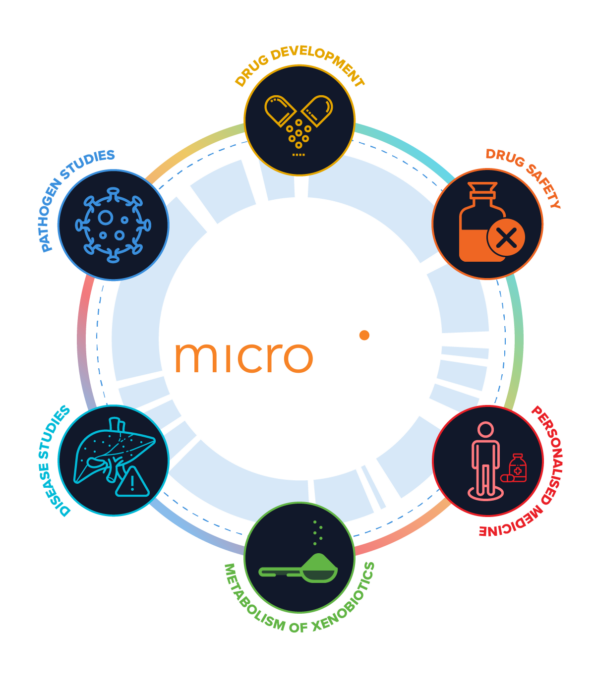
The huge cost and ethical complexity of drug testing
Unforeseen toxicity of drugs is an expensive and surprisingly common problem and as many as 4% of drugs are withdrawn after FDA approval, at immense cost to the drug developer. A major reason for this lies in the models employed to test toxicity, which are often oversimplified and therefore fail to accurately predict drug safety.
Additionally, animal testing carries with it significant cost and moral considerations. Strict animal protection laws regarding breeding and maintenance of the colony are in place to ensure animal wellbeing. As a result, there is a strong incentive to reduce animal testing, and, where possible, replace it with ex-vivo techniques based on tissue culture.

A non-invasive standalone LoC device that enables real time observation of a living tissue
LoC technology has allowed the MicroVita team to develop a sophisticated analytic device – TISuMR – that will help reduce the number of animals used in drug development and reduce the waste and cost associated with the testing process.
Unlike other companies developing and using LoC tech for testing, the MicroVita solution uses metabolomics to provide a direct measure of the state of the biological system and – through NMR – provide access to this data in real time, non-invasively.
The unique design of the TISuMR device ensures the sample remains intact and uncompromised during observation and can interface seamlessly with widely-used, commercial, liquid-state NMR spectrometers for real-time, accurate results.

The cost of bringing a single drug to market is approximately $2.6billion. Using traditional methods, it currently costs around US$2.6 billion and around 10 years of research to move a drug from discovery at the bench through regulatory approval, leading to a call to reduce costs at every stage of the process.
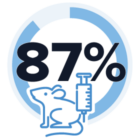
87% of experimental procedures in the UK use animal organs. In the UK it is a requirement to test new medicines in animals before they can be tested in humans, with most tested in two species. In 2020, the total number of procedures on animals was 2.88 million.
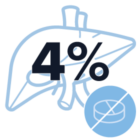
4% of drugs are withdrawn for preventable reasons. Unforeseen liver toxicity is the leading cause of drug withdrawals. It’s estimated that 4% of drugs are withdrawn from the market for this reason, which could be improved with better, cheaper, and more flexible testing.
Progress
Tissue viability capabilities proven
The MicroVita technology has been developed and proven in the Utz group – led by Professor Marcel Utz – over four years, and the team have demonstrated that tissue remains alive in the device during NMR measurements.
System compatibility testing
Trials have demonstrated that the system interfaces seamlessly with the most widespread type of commercial liquid-state NMR spectrometers.
Ready for testing in a real environment
The team are ready to take the device into a relevant environment and pilot through toxicology testing.
Meet the MicroVita Team
MicroVita is a team of highly motivated and enthusiastic experts in the field with a collective 50 years of experience in Chemical Sciences behind them.
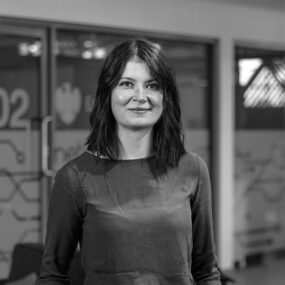
Originally from Poland, Sylwia came to the UK initially to study Criminology and Psychology with the intention of becoming a Forensic Scientist. She changed her focus to Chemistry going on to gain a Masters in Chemistry, where she developed her passion for NMR. Now working towards her PhD under Professor Utz and specialising in microfluidic NMR with MicroVita.

Marcel Utz is Professor of Magnetic Resonance, Microfluidics, and Complex Materials within Chemistry at the University of Southampton and heads the section of Magnetic Resonance within the School of Chemistry. Marcel studied in Switzerland and obtained his doctorate at ETH Zurich in 1998. Following notable posts at Princeton, University of Connecticut, and University of Virginia he moved to the UK in 2012 to join the University of Southampton.
More information
Our ambition is to create a startup company which will bring MicroVita’s technology to the market. So far, we have demonstrated that we can observe metabolism of a tissue living in a microfluidic device inside of an NMR magnet. To take the TISuMR device further – most notably by performing active drug studies – we need to find a commercial partner.
A patent has been filed and our plan – with further investment support – is now to: establish a spin out company to protect the technology; seek partners to establish use of the device in drug discovery or drug safety testing; broaden usage to other tissues and organoids; examine uses in personalised medicine.
Microvita’s LoC device, TISuMR, has huge cost saving potential for the pharmaceutical industry with the opportunity to greatly reduce the amount of chemicals required in the testing process as well as the number of animals. This also aligns with the strategy of 3 Rs (reduction, refinement, and replacement) that is being applied across the industry to address the laboratory use of animals.
The applications for this specific, LoC/NRM combined technology – and the fields that would benefit from the cost saving and efficiency benefits of the device – are many including pathogen studies, toxicology, drug development, metabolism of xenobiotics, disease studies, and personalised medicine.
The Lab-on-a-Chip market size was estimated at $5 billion in 2019 with an approximate $4 billion growth by 2025.
TISuMR is a system for observation of a living biological sample by nuclear magnetic resonance spectroscopy, which includes:
a) A device that allows insertion of the culture system into the bore of an NMR magnet, consisting of:
– a microfluidic device to hold the sample and provide channels for perfusion
– holder to interface the microfluidic chip with external connections
b) A NMR probe assembly that accommodates the planar shape of the microfluidic device
– gas exchange on the chip
– a microfluidic life support platform
– perfusion with nutrients
– limited perfusion volume to avoid dilution effects
Current techniques for drug testing rely mostly on fluorescence microscopy to assess the change in the expression level of a gene or a protein. However, the change in this expression level does not necessarily correlate with a change in protein activity.
Metabolomics gives a direct measure of the physiological state of a system. It is reducing the cost of toxicological screening, enabling improved clinical trial design, allowing better patient selection and monitoring, and shortening the time needed for drugs to move through the development pipeline. NMR is an ideal technique to follow metabolomic processes in LoC devices due to its non-invasiveness, generality, and specificity.
Other methods used in metabolomics include liquid chromatography – mass spectrometry (LC-MS) or gas chromatography mass spectrometry (GS-MS) – which are both destructive end point techniques so they cannot be used to analyse living samples.
